Sundance’s Big 2021 Winners — a Record $25 Million Feel-Good Haul, California Fire Doc and More
The Movies to Know From a Most Unusual Festival
BY Jane Howze // 02.01.21A still from Bring Your Own Brigade by Lucy Walker that chronicles 2018 California wildfires. (Photo courtesy of Getty Images)
The Sundance Film Festival, now in its fifth day under a mostly virtual format, has still managed to showcase a powerful and entertaining slate of films. After reporting at Sundance for 12 years, I had my doubts that filming in the current pandemic coupled with a virtual format would yield the same quality of films and buzz for which the festival is known.
I should not have worried. Like every other year, this year’s Sundance films are like a box of chocolates. You never know what you will get. Some films whose titles and descriptions seem dreadful turn out to be award winners (Me, Earl & The Dying Girl) while others that have ample financial backing and incandescent star power (that would be you Robert Redford and Rooney Mara in The Discovery) are bombs.
So far, this year’s offerings are decidedly more winners than losers.
Sundance has premiered five films a day at three-hour intervals in this COVID-19 year, which audiences can screen on their smart TVs, tablets or laptops. Filmgoers can chat in an online lobby before the film and can ask questions of the filmmakers and vote in the post-film Q&A. Music events, panels and interviews with directors and actors have nicely rounded out the event. And even virtually, there are films that are strongly resonating with audiences and distributors, creating real buzz.
Depressing and Joyful Documentaries
One of the most anticipated documentaries of this year’s Festival is Bring Your Own Brigade, a raw and disturbing look at the wildfires that raged in California in 2018, killing almost 100 people and nearly destroying the town of Paradise. Lucy Walker, Sundance veteran and Oscar nominee, examines wildfires on an epic scale, telling the stories of victims, firefighters and public officials. It even includes pyrogeographers, ecologists and Indigenous peoples.
Walker embeds herself with firefighters. The result is terrifying footage of home owners trying unsuccessfully to escape the fire, dead animals and scenes of indescribable destruction. I spent the first 40 minutes of the film covering my eyes from these disturbing scenes.
The later part of the film highlights the poorly staffed fire departments, firefighters who suffer from depression and PTSD, lack of insurance coverage and city governments mired in conflict as they seek solutions. The most depressing part of the film — and there are many — was when the city council of Paradise refused to enact any fire control measures to mitigate future fires.
This is an important film and despite highlighting stories of heroism and rebirth from the ashes, it leaves the viewer with little hope. It also left this viewer wishing it would have been a 10-part steaming series. There are simply too many facets of the problem to cover in two hours.
Each year you can count on Sundance to premier a music documentary that is a welcome respite from the more weighty offerings. In years past, there are have been significant documentaries about Miles Davis, David Crosby, Kurt Cobain and Carole King, just to name a few. Most are good but are not the stuff of which history is made.
This year’s musical documentary Summer of Soul (Or When The Revolution Could Not Be Televised), a fitting opening night film, is bigger than its stars and in retrospect marks the beginning of recognition of Black power and influence. In 1969, several weeks before the famed Woodstock concert and 100 miles to the South, the Harlem Cultural Festival (aka the Black Woodstock) took place as a way to celebrate Black music, politics, culture and unity.
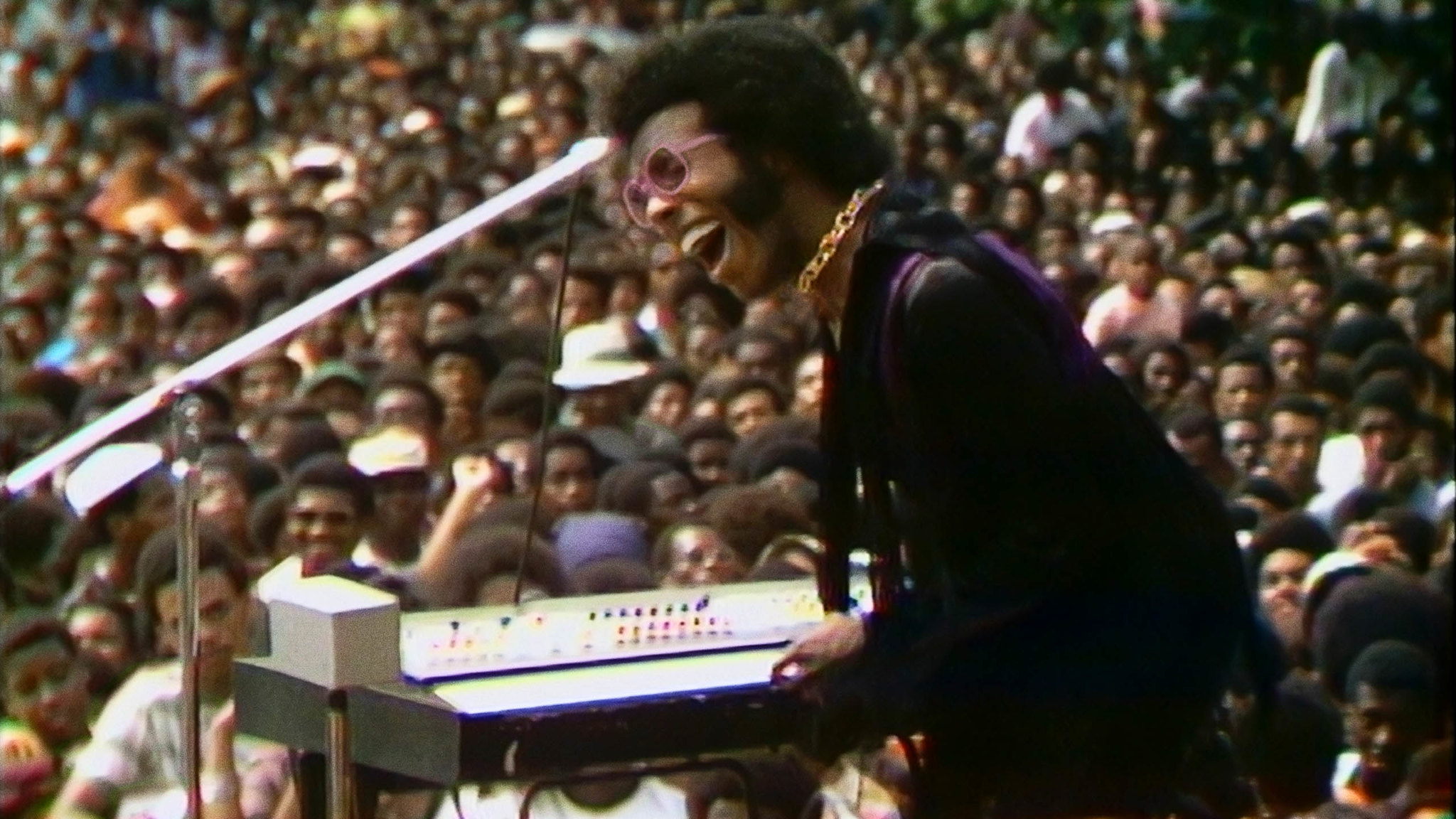
The concert had been filmed in its entirety over its several weeks, but then the film was locked away and forgotten. It was only recently discovered and brought to screen by The Roots drummer Ahmir “Questlove” Thompson. Thompson flashes between the concert’s performances (they are awesome) with history of the ’60s Black movement (heartbreaking). The music is spectacular and equally emotional, and you can sense the change in the air.
Performers include Stevie Wonder (at 18 years old playing drums), a young Mavis Staples performing with Mahalia Jackson, Sly and the Family Stone (marking Black pop’s turn away from Motown’s white-minded inoffensiveness), Nina Simone (the subject of an earlier Sundance documentary) and many more Black superstars and a few white superstars with soul. For me, Fifth Dimension singers Marilyn McCoo and Billy Williams watching their younger selves perform “Age Of Aquarius” and getting choked up, brought me to tears. Now, there is a bidding war for this inspirational, historical and emotional film.
An Emotional Mass
Mass, from first time filmmaker Fran Kranz, is an intense, emotionally charged movie that takes place in a sparsely furnished room of a church, where two sets of parents meet to seek resolution for a tragedy that six years earlier tore their lives apart. The film slowly and methodically unfolds as we learn that the son of Richard (Reed Birney) and Linda (Ann Dowd) piped-bombed a classroom and gunned down the son of Jay (Jason Isaacs) and Gail (Martha Plimpton)
We learn that Linda and Richard’s son was a shy boy who changed when they moved to a new town, and that Jay’s and Gail’s son did not die immediately but suffered for six minutes trying to escape before Gail and Jay’s son returned to the class room and shot him again in the neck.
Both families and their remaining children suffer intensely from PTSD and other emotional challenges. Each of the four parents has different ways of dealing with his and her grief, which writer-director Fran Kranz explores with great skill. The acting is extraordinary.
Kranz keeps the film from being about gun control and political issues, and focuses on the grief, memories and ultimately resolution. Make no bones about it, this is a gut-wrenchingly difficult film to watch as we and the actors emote and seek healing. The film has not been acquired yet.
Because of the pathos that has enveloped the world with the coronavirus pandemic, it may be that difficult films like this, as good as they are, may not have as ready a market as in prior years. Right now, so many just want movies to provide an escape instead.
Big Money Sundance
CODA (which stands for Child of Deaf Adults), a coming of age drama about a teenager whose family members are deaf, premiered on opening night of Sundance in the US Dramatic competition, when Sundance typically struts its best stuff. Past opening night premieres have included Whiplash, Twenty Feet From Stardom and Miss Americana.
CODA follows Ruby, played by the talented Emilia Jones, who helps her father run a struggling Gloucester fishing business before school. She discovers a talent for singing and her teacher (played by Eugenio Derbez) encourages her to consider applying for a scholarship to Boston’s Berklee School of Music, leaving her torn between her obligation to her family’s struggling business and her dream.
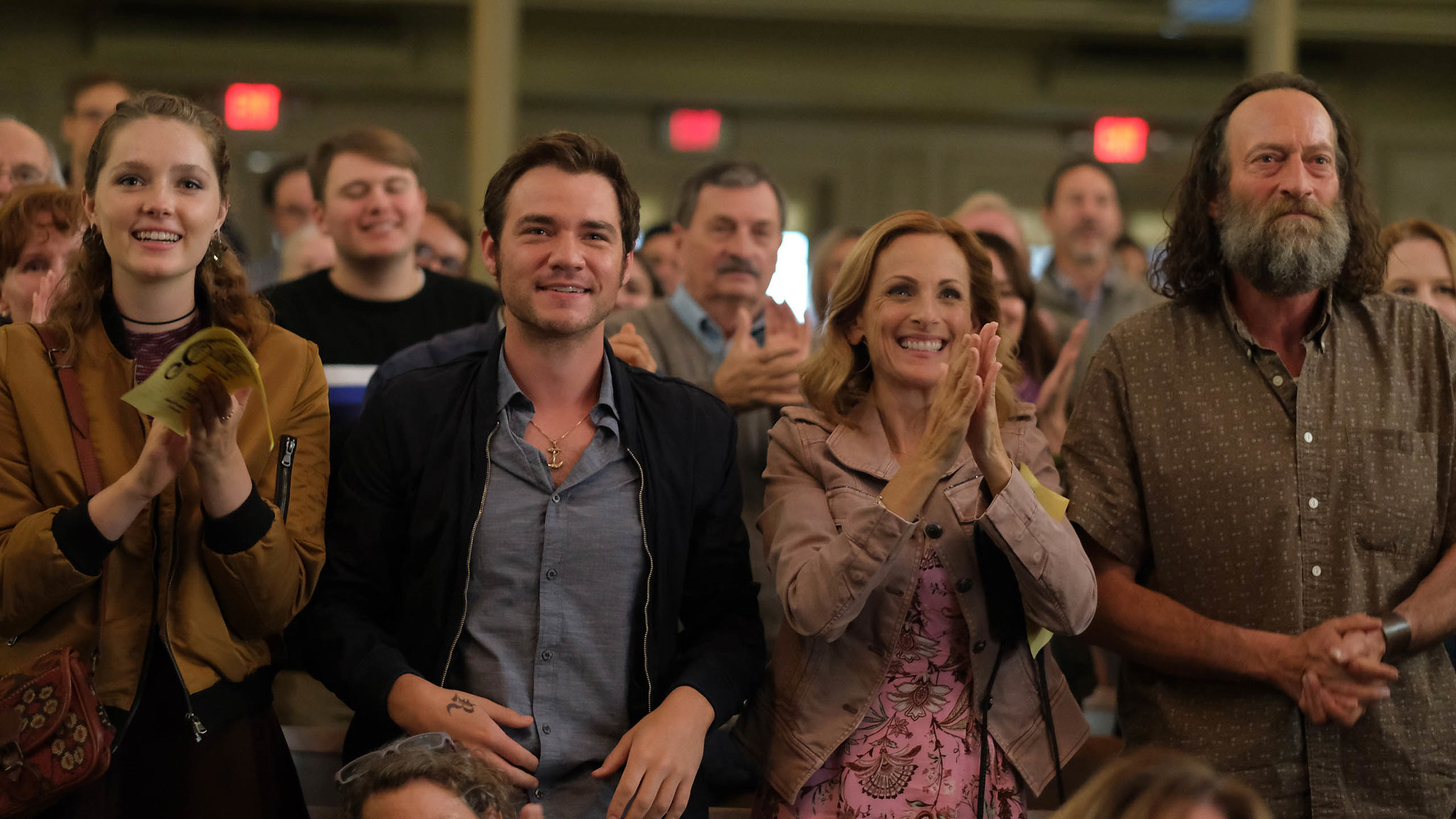
It sounds predictable but against the backdrop of navigating the challenges of deafness, it provides ample opportunities for humor, grace and crowd pleasing moments. CODA opens with Ruby’s father explaining in sign language to his doctor that his testicles hurt, and his doctor telling Ruby to tell her parents no sex for two weeks.
Most of the supporting actors are deaf, with Oscar winner Marlee Matin playing Ruby’s mother. The director and Jones learned sign language to be able to communicate with the actors. The music is a tip of the hat to the nostalgic love songs of Motown, Marvin Gaye and Joni Mitchell, which help the film reach its many emotional peaks.
For me, one of the “aha” moments happens toward the end of the film when Ruby is performing at her high school musical. Her parents are sitting in the audience as she starts to sing. You can see her mouth moving but can’t hear anything. I thought I was experiencing technology issues and frantically starting adjusting the volume on my TV. Then I realized the director was trying to show us what Ruby’s parents were experiencing. They had no idea what she was singing or how it was being received until the standing ovation.
I fell in love with this film in spite of its familiar and formulaic structure. I was not alone. Following an avalanche of social media praise Amazon and Apple battled for distribution rights, with Apple acquiring the movie for $25 million. That is the highest price ever for a Sundance film. No release date has been announced.
Author’s Note: Jane Howze is managing director of The Alexander Group, a Houston headquartered national executive search firm. This is her 12th year covering the Sundance Film Festival.



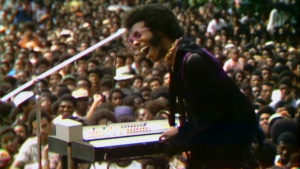
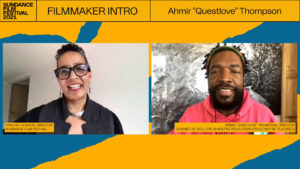
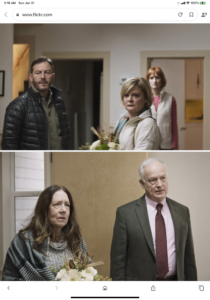
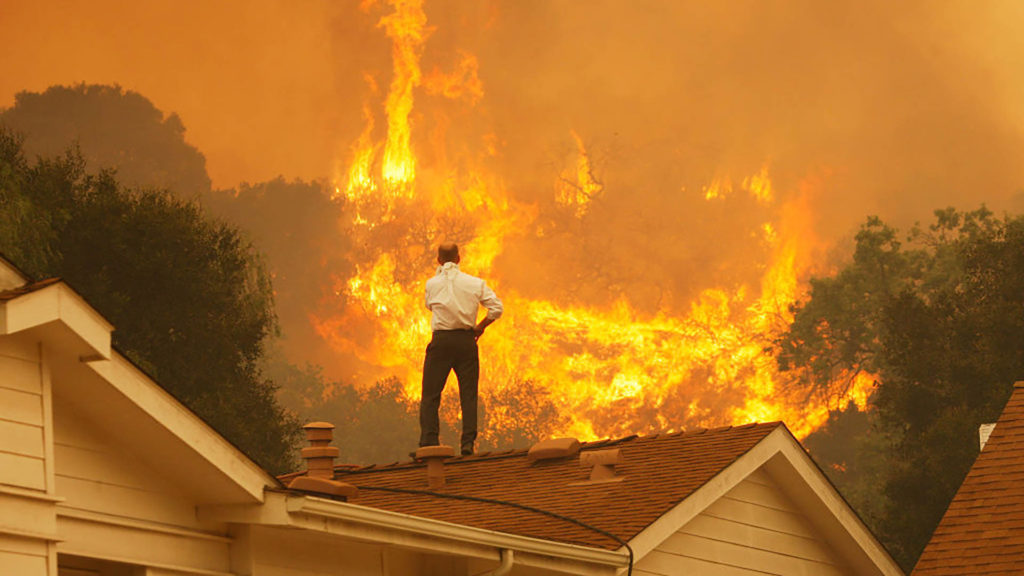
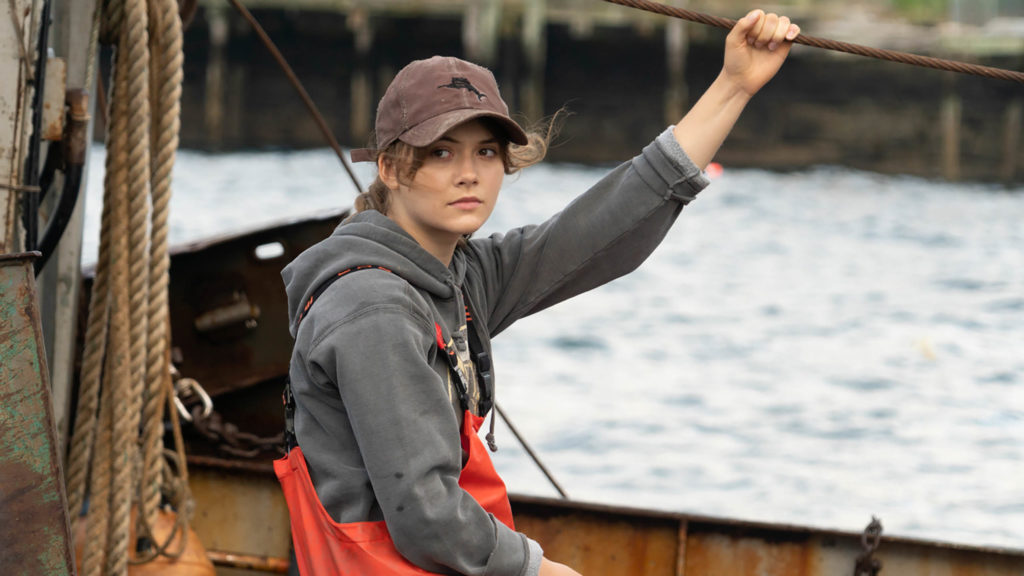






















_md.jpeg)



_md.jpeg)



_md.jpeg)

_md.jpeg)
